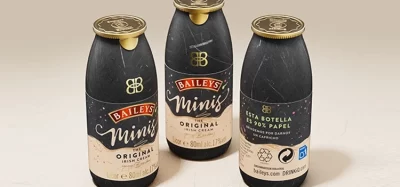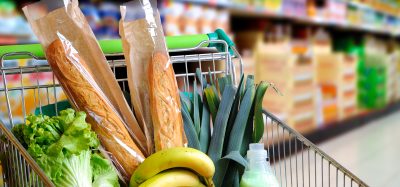EU releases common testing method to fight dual quality food
- Like
- Digg
- Del
- Tumblr
- VKontakte
- Buffer
- Love This
- Odnoklassniki
- Meneame
- Blogger
- Amazon
- Yahoo Mail
- Gmail
- AOL
- Newsvine
- HackerNews
- Evernote
- MySpace
- Mail.ru
- Viadeo
- Line
- Comments
- Yummly
- SMS
- Viber
- Telegram
- Subscribe
- Skype
- Facebook Messenger
- Kakao
- LiveJournal
- Yammer
- Edgar
- Fintel
- Mix
- Instapaper
- Copy Link
Posted: 15 June 2018 | George Smith (New Food) | No comments yet
The European Commission has just released a new common methodology for comparing the quality of food products across the EU.


WEIGHTS AND MEASURES: Dual quality food is something the EU has been keen to address
The Joint Research Centre (JRC), the European Commission’s Science and Knowledge service, has developed method to allow national consumer authorities across the union to compare the composition and characteristics of food products sold with similar packaging.
The JRC is presented the methodology yesterday (June 14) at a meeting of the High-Level Forum for a better functioning food supply chain.
Elżbieta Bieńkowska, Commissioner for Internal Market, Industry, Entrepreneurship and SMEs, said: “All European consumers are entitled to a fair deal on the Single Market. The common methodology we developed together with Member States, consumer organisations and stakeholders from the food supply chain will help shed an evidence-based light on the different compositions of identically branded food products across Europe. I am glad that the dedicated forum on the food supply chain made the relevant parties heard in a rich and sound debate.”
Věra Jourová, Commissioner for Justice, Consumers and Gender Equality, said: “The Single Market cannot be a double standard market. All EU citizens must feel that they are treated in the same way and are offered fair and clear information on the products they buy. They cannot be misled by similar packaging. I encourage all national authorities to use it in the coming months, so that we can put an end to this practice.”
The High-Level Forum, chosen by the Commission to address the dual quality of food issue, gave to the JRC the mandate to develop the methodology in June 2017.
The methodology complements the actions announced in the Commission’s New Deal for Consumers initiative which aims to:
- clarify and strengthen consumer rights, including prohibiting dual quality practices which are misleading consumers
- empower qualified entities to launch representative actions on behalf of consumers
- introduce stronger sanctioning powers for Member States’ consumer authorities.
All food products sold in the EU have to comply with strict safety regulations; consumers must be informed about key characteristics set notably in EU food labelling law and should not be misled for example by packaging.
National food safety and consumer protection authorities are responsible for ensuring that the food placed on the Single Market complies with the relevant EU legislation.
The testing methodology will help authorities identify if food products are marketed in compliance with EU law.
The methodology is based on key principles such as transparency, comparability, similar selection sampling, and testing of products.
Under the coordination of the JRC, laboratories across a number of EU Member States will now apply this methodology in a pan European testing campaign to collect data on the scope of the dual quality issue. First results should be available by the end of 2018. This exercise should provide practical guidance for authorities investigating misleading practices.
Related topics
Clean Label, Food Fraud, Packaging & Labelling, Quality analysis & quality control (QA/QC), Supply chain, Sustainability, Technology & Innovation, Trade & Economy








